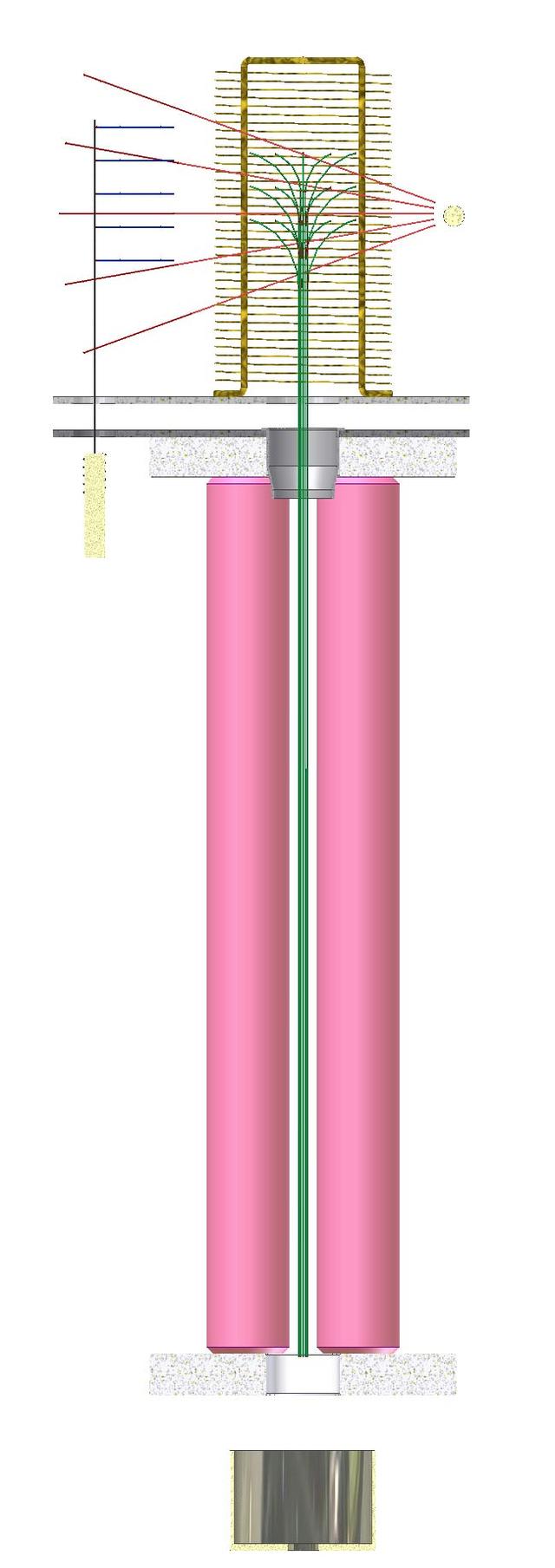How it Works - Residual Gas Analyzer Principles of Operation
Step 1 - Create the ions
When the mean free path of gas molecules in a vacuum system is on the order of a few cm or more (at < 10-3 Torr), electrons of a suitable energy will create mostly positive ions at a rate depending on the gas pressure, temperature and species of the individual molecules. A hot filament is the source of the electrons, the energy being 70 ev and the current a few milliamps. A stream of ions is then available and electro-statically focused toward the mass filter.
After the electrons pass through the source grid, they continue through to the B/A gauge section, where they produce more ions. These ions will strike the collector wire and produce a current there, proportional to the total gas pressure.
Step 2 - Filter the ions
A quadrupole mass filter consisting of an arrangement of 4 metal rods with a time-varying electrical voltage of the proper amplitude and frequency applied, can be made to pass only ions of a particular mass entering along the axis at one end, through to the other end. The mass filter must be constructed very accurately to have the same passband throughout it’s length.
Step 3 - Detect the filtered ions
The ions that pass through the mass filter are focused toward a Faraday cup and the current is measured with a sensitive ammeter. The resultant signal being proportional to the partial pressure of the particular ion species passed by the mass filter.
Step 4 - Amplify the signal
The current produced by the ions is very small. For example, at 10-11 Torr partial pressure at mass 28 the current at the faraday detector is approximately 10-14 amps. This requires an extremely sensitive amplifier. The ions striking the B/A detector wire produce a comparatively larger current, on the order of 10-9 amps at 3.3 x 10-7 Torr.
Note: Numerous, more complete explanations are readily available through books, journals, and on the Internet.


